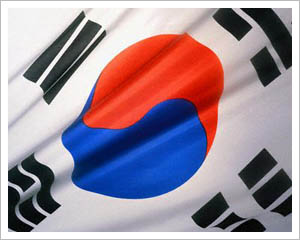South Korea's trade deficit with Japan snowballs
 Seoul - South Korea's trade deficit with Japan is swelling because of its dependence on Japanese components for manufacturing export products, local economists said, quoting data provided Friday by the central bank of Korea.
Seoul - South Korea's trade deficit with Japan is swelling because of its dependence on Japanese components for manufacturing export products, local economists said, quoting data provided Friday by the central bank of Korea.
South Korea posted an accumulated trade deficit of 174.9 billion dollars for the ten-year period ending in 2008, data from Bank of Korea (BOK) showed.
South Korea's trade deficit with Japan rose from 22.1 billion dollars in 2005 to 25.3 billion dollars in 2008, the BOK data said.
The trade surplus was estimated by applying the average won-to-dollar rate of 1,121 won for the period between 1999 and 2008, BOK said.
The trade deficit with Japan contrasts with South Korea's trade surplus with South-East Asia and China of accumulated totals of 169.2 and 138.9 billion dollars respectively in the same period, the BOK said.
The trade deficit with Japan is chronic and structural, local economists explained, as many South Korean companies import Japanese components to assemble at factories before these products are shipped to third countries.
"Because of this chronic nature of South Korea's dependence on Japan, the more South Korean companies export electronics and telecom products, the more they need to import components or materials from Japan," said Gwon Soon-U, a senior researcher of Samsung Economic Research Institute (SERI).
Components account for the lion's share of South Korea's trade deficit with Japan, the BOK data shows.
South Korea's trade deficit with Japan for importing components and materials from Japan rose from 15.5 billion dollars in 2006 to 18.6 billion dollars in 2007 and 20.0 billion dollars in 2008.
One Japanese economist described South Korea's dependence on Japan for components as "gamauzi" in Japanese, or cormorant fishing, which refers to South Korean exporters as a "cormorants" and Japanese companies as a fisherman who catch fish by using cormorants.
This calls for South Korea's need to strengthen its components and materials industry.
Mergers and acquisitions were offered as a possible solution. "To strengthen component base, Korean companies may consider acquiring overseas component producers," said Bae Sang-Gun, researcher of Korea Economic Research Institute. (dpa)